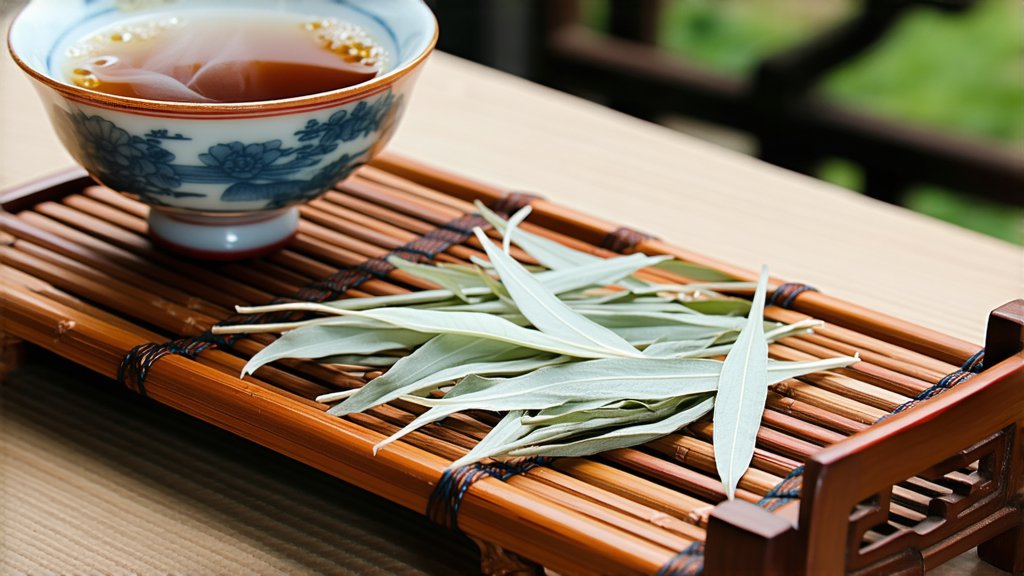
In the vast and diverse landscape of Chinese tea culture, few varieties captivate the senses and imagination quite like Fujian White Peony (Bai Mudan), a quintessential representation of the revered category of white teas. This exquisite beverage, hailing from the lush mountains of Fujian Province in southeastern China, boasts a rich historical tapestry interwoven with centuries-old traditions, meticulous craftsmanship, and an unparalleled sensory experience that has transcended borders to enchant tea enthusiasts worldwide.
A Glimpse into History
The origins of Fujian White Peony tea can be traced back to the early Qing Dynasty (1644-1912), during which time it was primarily produced for the imperial court as a tribute tea. Its name, "Bai Mudan," translates to "White Peony," reflecting both its pale, silvery appearance and the delicate floral notes reminiscent of the peony blossom. Over the centuries, this esteemed tea has evolved from a royal delicacy to a cherished cultural icon, symbolizing purity, elegance, and the artistry of Chinese tea making.
Varieties & Classification
Fujian White Peony is part of the broader category of white teas, which are minimally processed to retain their natural flavors and health benefits. Unlike green or black teas that undergo extensive oxidation, white teas are simply withered and dried, allowing them to maintain their light color and subtle taste profiles. Within the realm of white teas, Fujian White Peony stands out for its unique blend of downy silver tips (also known as "pekoe") and mature leaves, which contribute to its distinctive character.
The Art of Craftsmanship
The production of Fujian White Peony tea is an intricate dance between nature's bounty and human skill. It all begins with the careful selection of young shoots, typically plucked in late spring when the first flush of growth appears. These shoots consist of the topmost bud and the two youngest leaves, covered in fine, velvety hairs that give the tea its characteristic silver hue.
The harvested leaves undergo a two-step process: withering and drying. Firstly, they are spread out thinly on bamboo mats under the gentle sunlight or in well-ventilated rooms, allowing them to lose moisture gradually while preserving their inherent sweetness and fragrance. This withering process can take up to 72 hours, during which time the leaves turn a pale yellow-green color.
Following withering, the leaves are either air-dried or lightly baked to further reduce moisture content, ensuring longevity without compromising flavor. The final product consists of a harmonious blend of silvery-white buds and greenish leaves, exuding a subtle aroma that hints at fresh flowers and melon.
Sensory Delight: Tasting Fujian White Peony
To truly appreciate the essence of Fujian White Peony, one must engage in the ritualistic practice of tea tasting, or "Gongfu Cha" as it's known in Chinese. This involves using small, delicate porcelain teaware to enhance the appreciation of the tea's visual, olfactory, and gustatory qualities.
Begin by warming the teapot and cups with hot water to prepare them for the brewing process. Next, measure approximately 3-5 grams of loose leaf tea per 150ml of water, adjusting according to personal preference. Use water heated to around 80-85°C (175-185°F) to avoid scalding the delicate leaves.
Steep the tea for about 1-2 minutes for the first infusion, allowing the flavors to unfold gently. As subsequent infusions follow, the leaves will unfurl more fully, revealing deeper layers of flavor. Fujian White Peony offers a symphony of tastes—a delicate balance of sweetness, slight astringency, and a lingering aftertaste that evokes the freshness of springtime. Its aroma is equally enchanting, with notes of jasmine, honeysuckle, and a whisper of fruitiness.
Conclusion
Fujian White Peony tea is more than just a beverage; it embodies the spirit of Chinese tea culture—a testament to the harmony between man and nature, tradition and innovation. From its storied past as an imperial indulgence to its present-day status as a global ambassador of Chinese tea artistry, Fujian White Peony continues to captivate hearts and minds with every sip. Whether you're a seasoned tea connoisseur or a curious newcomer, embarking on a journey through the world of this extraordinary white tea promises a profound connection to the ancient yet ever-evolving legacy of Chinese tea.